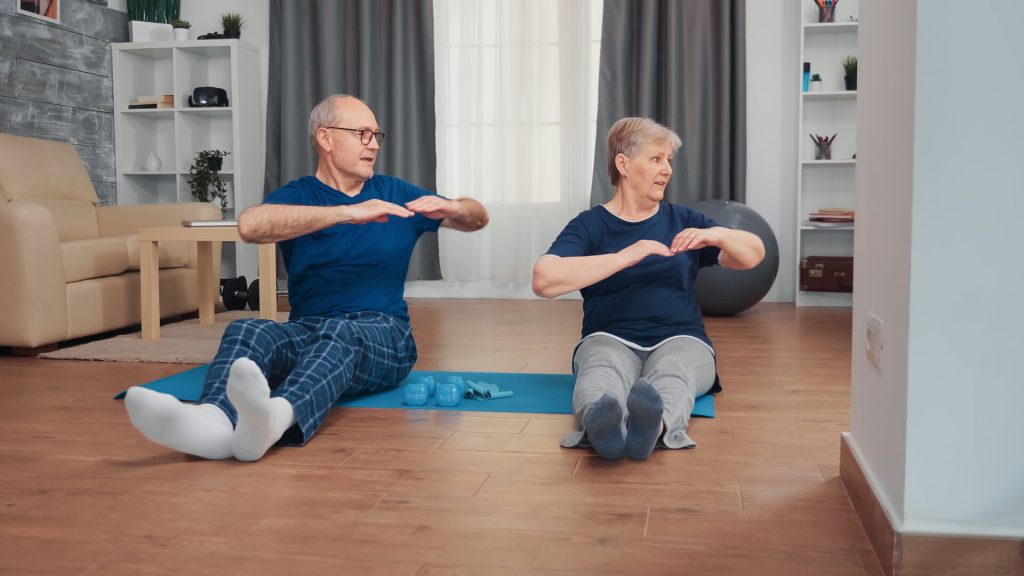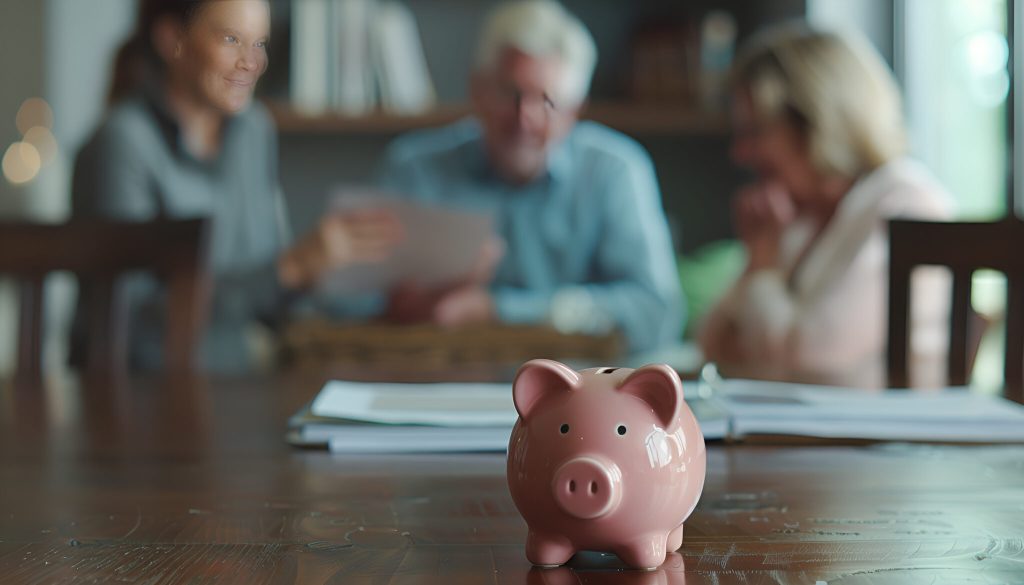We can all benefit from keeping up healthy exercise levels and staying active at home. Especially if we are older or live with health conditions that make it harder to get out and about. There are many different ways in which older people can stay active and enjoy exercise, even if they are unable to leave their home. Even doing a little physical activity every day can reduce the risk of heart disease, obesity and stroke.
Carers can become involved too, helping the person find fun ways to stay fit and enjoy increased strength and then supporting them while they carry them out. In fact, adding a social element to exercise routines for seniors like this can add lots of benefits. It can enhance the mood and improve self-esteem. We all enjoy doing things like this with other people and it can be highly motivational to have company during exercise.
Safety Considerations
It is important to speak to your GP or other medical professional before starting a new exercise regime or increasing the regularity or intensity of an existing one. You must ensure that your chosen activities are appropriate for the level of fitness that you are at. You may also need to take other issues into account, such as balance, mobility, diet and cognitive abilities. If you are recovering from surgery or a long illness, don’t try to take on too much too soon, or revert to exercise levels that you used to enjoy before you became unwell. Be patient and return to physical activity slowly in order to be safe and prevent further injury.
This is especially important if you have suffered from a fall or dizziness in the past. Trips and falls can take a long time to recover from and have a long-term effect on future mobility and pain management. Always wear suitable clothing and non-slip footwear for an exercise session or physical activity. Don’t forget to warm up and cool down each time to prevent yourself from pulling any muscles. All of these precautions can help you enjoy physical activities and promote enhanced mood and wellbeing at the same time.
Light to Moderate Activity Levels
Older people and others receiving care support in their own homes can really benefit from doing some physical exercise every day. This need not be strenuous. Focus on introducing light activities into your daily routine wherever possible. These can include simple tasks such as making a cup of tea or walking round the block, light housekeeping like making the beds or pushing the vacuum cleaner around or even just standing up and stretching at regular intervals during the course of the day. You can also find examples of chair exercises for seniors online to try if you find standing or walking more difficult.
If these are not proving challenging enough, you can move on to physical activities of a more moderate intensity to further enhance your home exercise for seniors. These types of exercise routines for older adults are designed to get the heart rate up and make you breathe harder. You may well find yourself feeling warmer and getting more tired at the end of moderate exercise. Some examples of moderate activities include walking for health, riding a bike, dancing to lively music, pushing a lawn mower around the garden and following a fitness routine video. All of which can be done at home, with or without the support of a visiting carer or family member.
Supporting Muscles, Flexibility and Balance
Many older people experience difficulties around muscle wastage, compromised balance and decreasing flexibility. There are all kinds of physical activities and exercises that you can do at home to specifically help with these issues. Dancing, for example, can really help improve balance and flexibility, as well as encourage cognitive abilities, since you are required to remember sequences of steps.
Doing yoga for flexibility and following stretching routines is another effective way to help keep your joints supple and chase away aches stemming from stiffness and lack of movement. You might like to watch and follow a few workout videos for older adults that focus on these important areas in particular. A physiotherapist may be able to give you some recommendations to get you started. If you really don’t know what to focus on, a mixture of active aerobic activities and more static muscle strengthening exercises will give you a good base to work from and start moving more.




